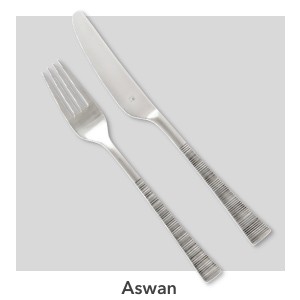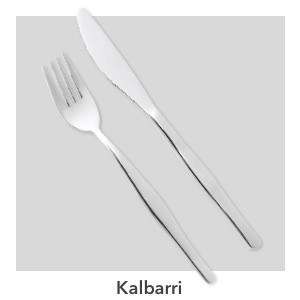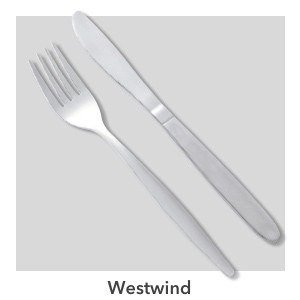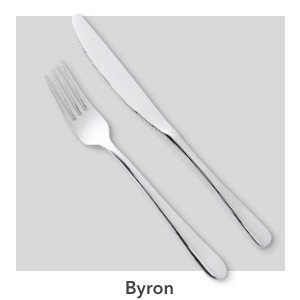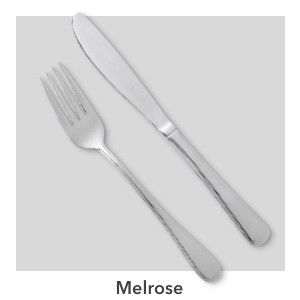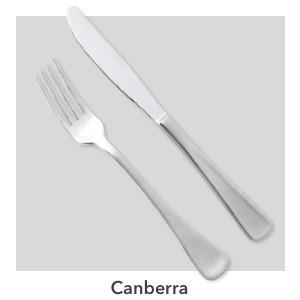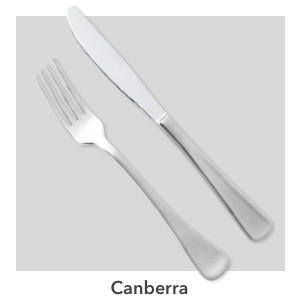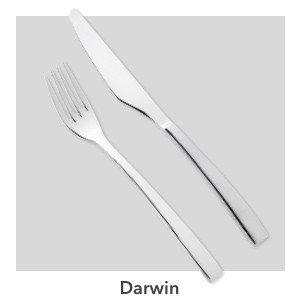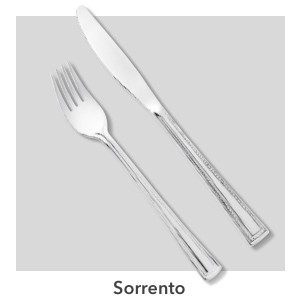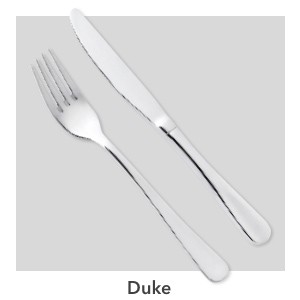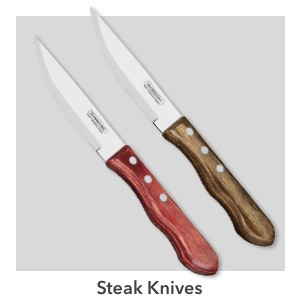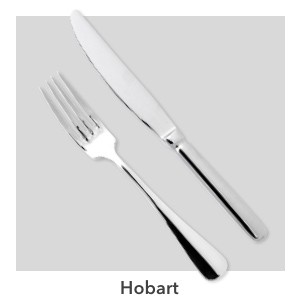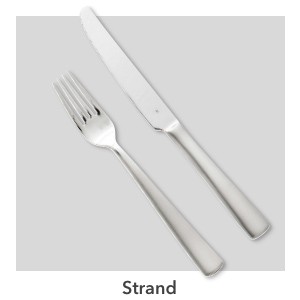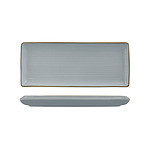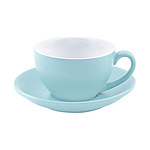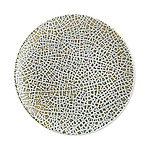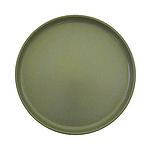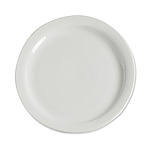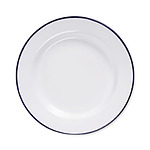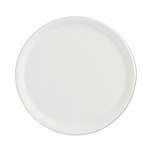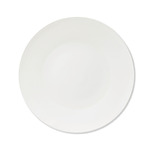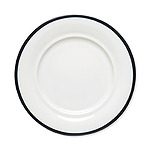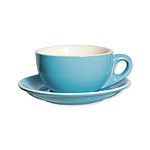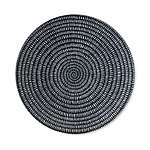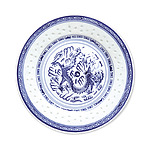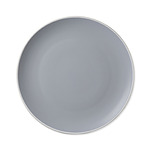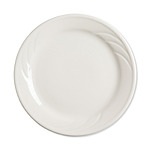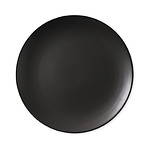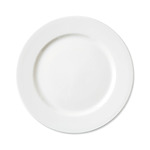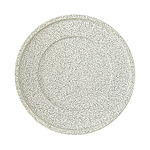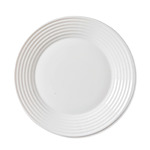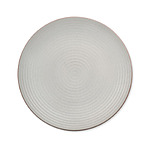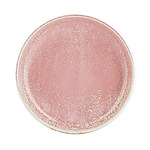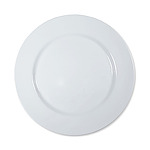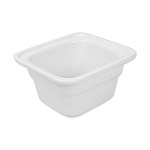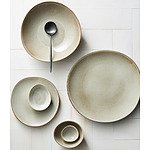
Crockery
Crockery & Tableware
What Is Crockery?
Crockery refers to the plates, bowls, cups, and serving dishes we use every day for dining and entertaining. It is an essential part of any table setting, whether for casual family meals, formal events, or large-scale hospitality service. Crockery comes in a wide range of materials — from classic porcelain and bone china to rustic stoneware, durable enamelware, and practical melamine. Each material offers different strengths, making it important to choose the right type for your venue, occasion, or home.
In restaurants, cafés, and hotels, crockery plays a key role in presentation and customer experience. At home, it reflects personal style, adding flair to everything from a quick breakfast to a special dinner party.
Key Features to Look For
When choosing crockery for your home or business, consider the following features:
-
Material & Strength – Porcelain offers elegance, stoneware provides rustic charm, melamine delivers unbreakable durability, and enamelware adds vintage appeal.
-
Glaze & Finish – A high-quality glaze ensures a smooth finish, prevents staining, and adds to the aesthetic. Choose between glossy, matte, or textured finishes.
-
Durability & Chip Resistance – Essential for high-traffic hospitality environments where plates and bowls endure frequent handling, stacking, and washing.
-
Dishwasher & Microwave Safety – Check whether the crockery is safe for dishwashers, microwaves, or ovens. Commercial users benefit from pieces that can withstand thermal shock.
-
Design & Style – Classic white for timeless elegance, patterned or coloured sets for personality, or contemporary minimalist shapes for modern venues.
-
Capacity & Size – Dinner plates, entrée plates, soup bowls, and serving platters all come in varied dimensions to suit different cuisines and portion sizes.
-
Heat Resistance – Useful for oven-to-table service and keeping dishes warmer for longer.
Comparing Crockery Types
Each crockery material has unique advantages:
-
Porcelain & Bone China – Lightweight, elegant, and refined. Ideal for fine dining and occasions where presentation matters most.
-
Stoneware – Heavier and more durable with a rustic finish. Great for casual dining and everyday use.
-
Earthenware – Traditional and affordable but more porous and less chip-resistant. Best for occasional or decorative use.
-
Melamine – Lightweight, shatter-resistant, and virtually unbreakable. Perfect for outdoor dining, kids, and high-volume venues.
-
Enamelware – Steel coated with enamel glaze, offering retro styling and high durability. Popular for cafés, camping, or themed restaurants.
Use Cases & Scenarios
-
Formal Dining & Events – Porcelain or bone china in white or subtle patterns for an elegant, timeless table.
-
Casual Home Dining – Stoneware or porcelain that balances style with practicality.
-
Outdoor & Family Use – Melamine or enamelware for durability and peace of mind against chips and breaks.
-
Hospitality & Catering – Reinforced porcelain, stoneware, or melamine for large-scale use where durability and consistency are key.
-
Themed Restaurants & Events – Enamelware for vintage style, rustic stoneware for farm-to-table concepts, or colourful melamine for modern, casual dining.

